Shubunkin - Carassius auratus auratus
incl. VAT plus shipping costs
Immediate delivery, express possible ![]()
More than 20 Articles in stock
- Item no: 6182
Fast delivery times
All products are in stock with us!14 years of breeding experience
Let our team of experts advise you!High customer satisfaction
from over 3,000 reviews "The beautiful red and white patterned Shubunkin belong to the goldfish, which were bred in Japan. However, they are not koi, but like all goldfish belong to the subspecies Carassius auratus auratus and are originally descended from the Chinese silver crucian carp.
The Japanese name Shubunkin translates to"scarlet patterned goldfish", which well describes the typical red pinto pattern on a pearly background. Shubunkin are additionally covered with many smaller dark spots, resulting in an interesting pattern. Furthermore, Japanese shubunkin have an imposingly pronounced caudal fin that can account for up to half of their body length. Unlike veiltails, however, this is not a double fin. Shubunkin are generally skilled swimmers that can do well in a goldfish group in the garden pond. When young, tri-colored shubunkin are often still dark colored at first. Shubunkin only reach their final coloration after about two years.
Here in the Garnelio online store you can buy different sized tricolor Shubunkin for your garden pond: with 4-6 cm, 6-9 cm, 9-12 cm, 12-14, 14-16 or 16-18 cm body length. Fully grown Shubunkin become as other goldfish in about 30 cm long.
Like every goldfish, the Japanese Shubunkin is also a group fish, which only really thaws out in a group of 5 goldfish or more and must never be kept alone. When it comes to group cohesion, coloration is as unimportant as fin shape. A colorful mixture in your garden pond is therefore just as species-appropriate as a more uniform group of the beautiful ornamental fish.
For keeping a group of five goldfish, the garden pond should have a volume of at least 4,000 liters and be built in partial shade. If the pond is 100-130 cm deep, it will not freeze through to the bottom in winter in our latitudes, so the goldfish can stay in the garden pond all year round. An ice freezer is useful to ensure gas exchange and that the goldfish find enough oxygen in the water. If the pond is not that deep, you should remove your goldfish from the pond in the fall and overwinter them in cold but frost-free water, for example in a tub or aquarium. An unheated garage is ideal for this purpose. If they are not given the opportunity to hibernate, the life expectancy of goldfish is greatly shortened.
If the water temperatures in the goldfish pond rise sharply in warm summers, you should introduce more oxygen - an oxydator for the garden pond or an appropriate air pump will help. A water temperature of up to 24 °C is appropriate for goldfish.
Shubunkin goldfish are carp-typical omnivores, which, in addition to all kinds of small invertebrates (worms, insect larvae, including mosquito larvae, and crustaceans) in the garden pond, also like to graze on algae deposits, utilize plant residues, and sometimes nibble on the one or other soft-leaved water plant. If the stocking density in the goldfish pond is rather high, you should additionally provide your fish with a high-quality goldfish food that is adapted to the needs of the beautiful pond fish. Please make sure that you only feed as much as your fish will completely eat within about 5 minutes to avoid unnecessary water pollution as much as possible.
Shubunkin goldfish are spawn predators and also eat their own fry, but you can still breed them in your garden pond. To do this, the pond must have a large shallow water zone that is densely planted. In spring, when the pond water becomes warmer again, the spawning season of goldfish begins. Then the goldfish females spawn in open water, while the males fertilize the eggs that sink to the bottom.
| Scientific name | Carassius auratus auratus |
| German Name: | Shubunkin goldfish |
| Difficulty level: | for beginners |
| Origin/distribution: | Breeding form from Japan |
| Coloration: | silver-white-red pied, dark spotted pattern, juveniles dark |
| Age expectancy | 40 years |
| Pond size: | at least 4 cubic meters for five fish, an additional 800 liters for each additional goldfish |
| Food | Omnivorous, plants, algae, insect larvae, insects, worms, crustaceans, special goldfish food |
| Breeding | relatively difficult in the pond |
| Behavior | Diurnal |
| Group size | from five fish |
- Item no: 6182
Entdecke die Garnelio Welt!
Garnelio gehört zu den größten Onlineshops für wirbellose Aquarientiere weltweit.
Viele Artikel gibt es exklusiv nur bei uns im Shop.

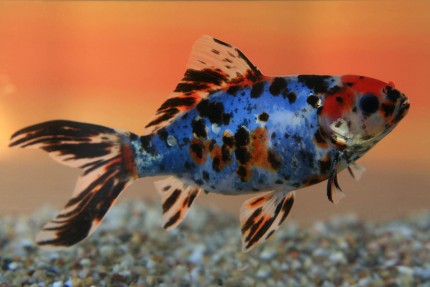



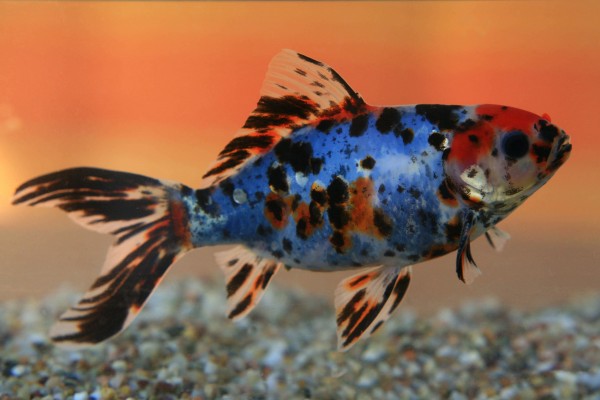




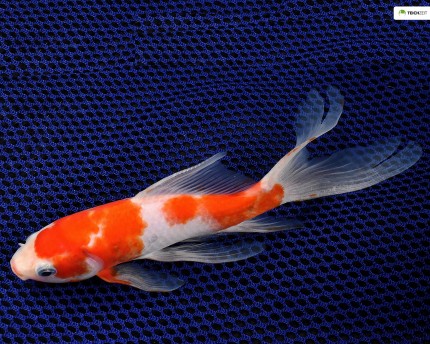
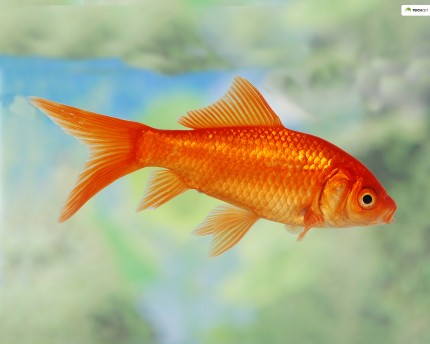

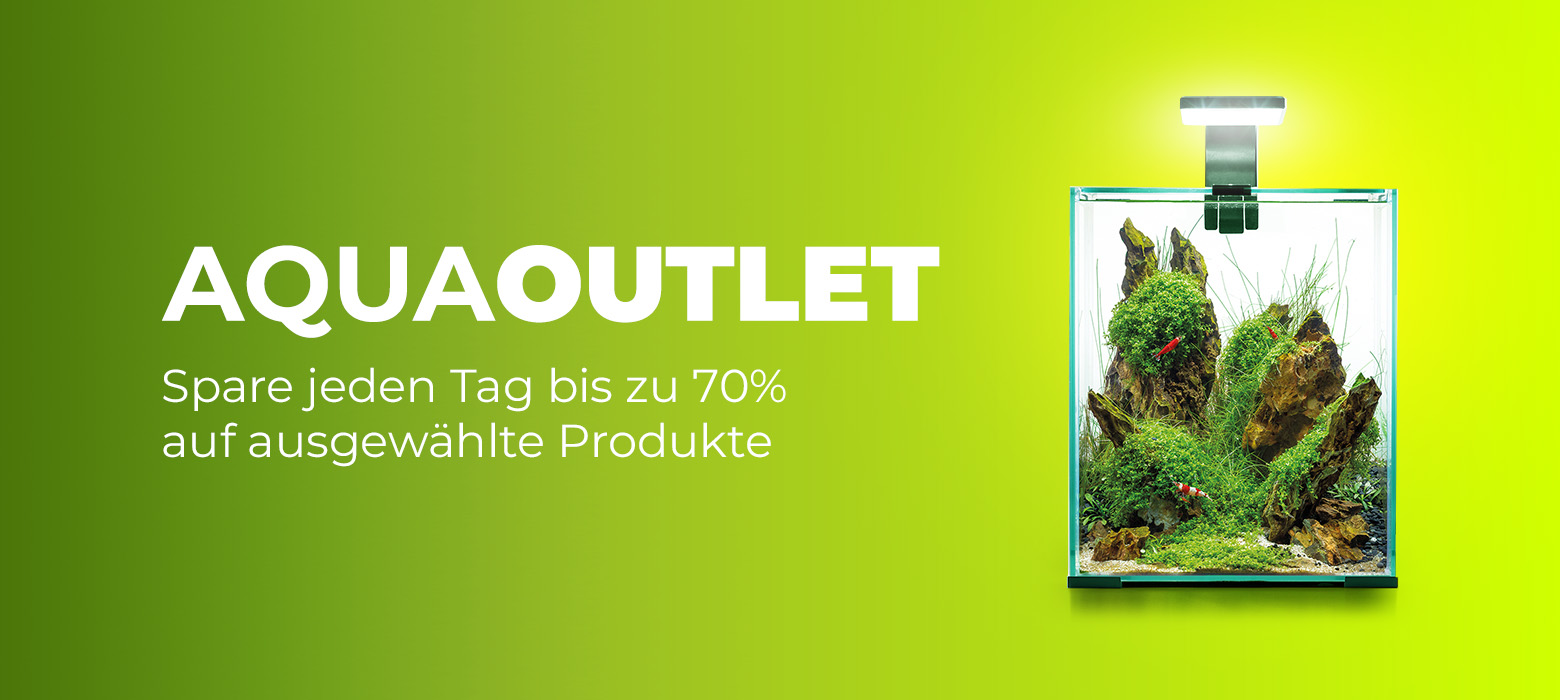
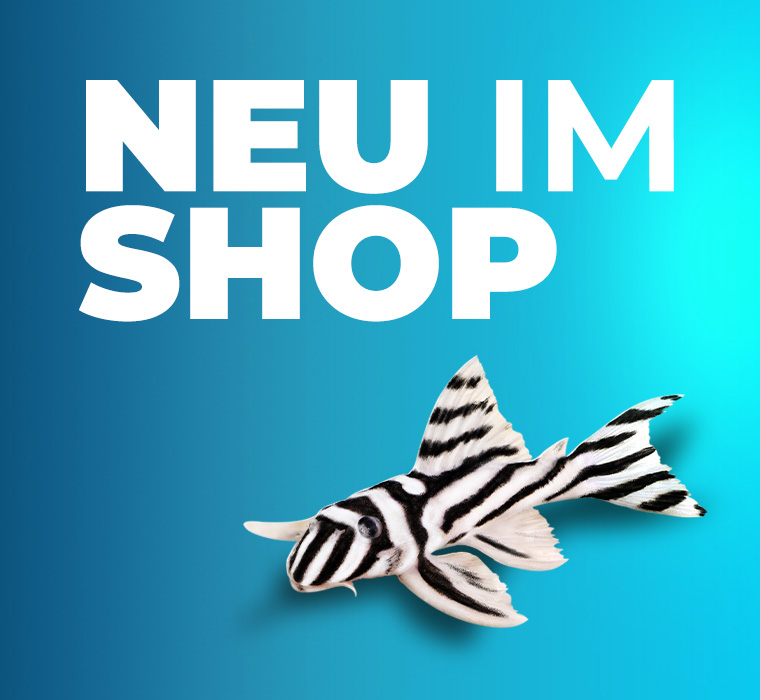
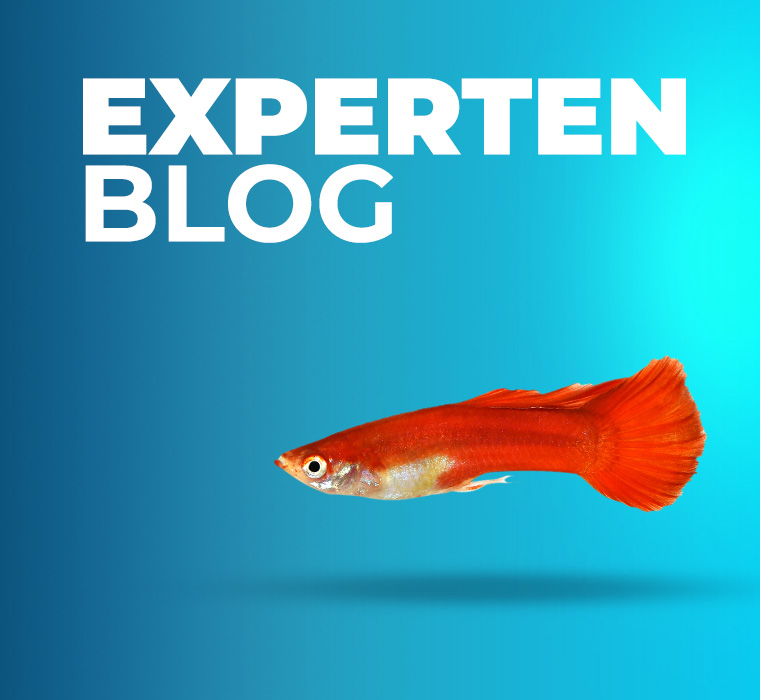
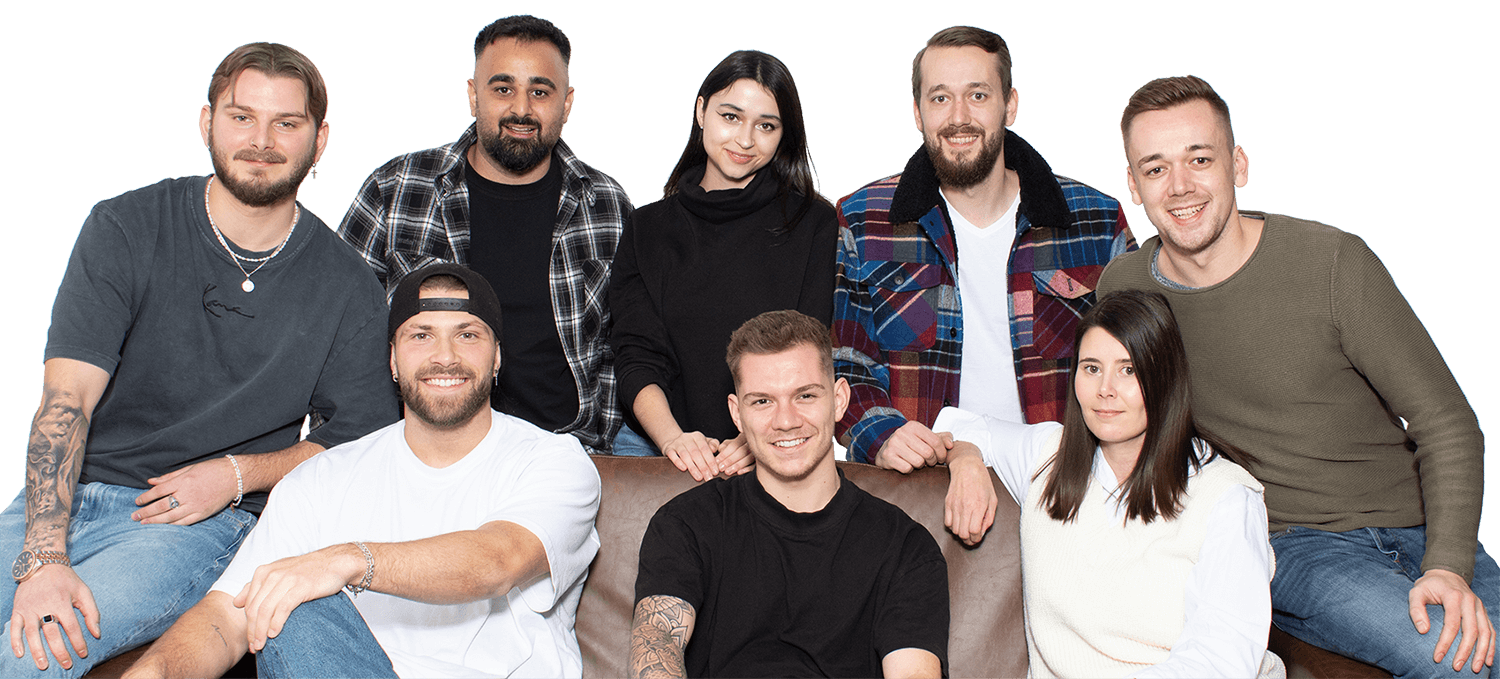
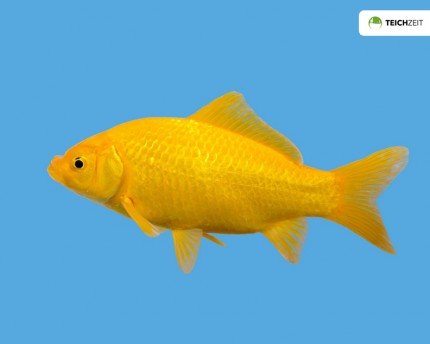
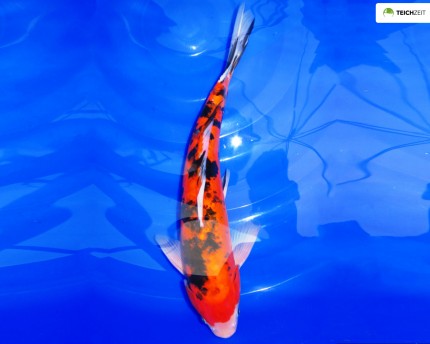
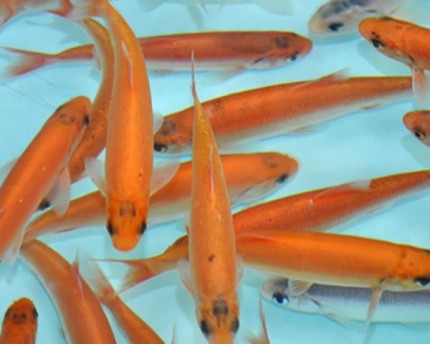
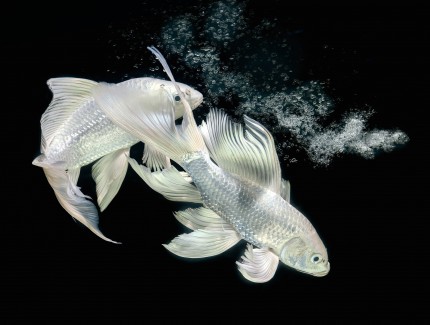
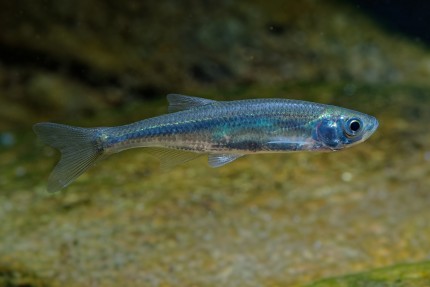
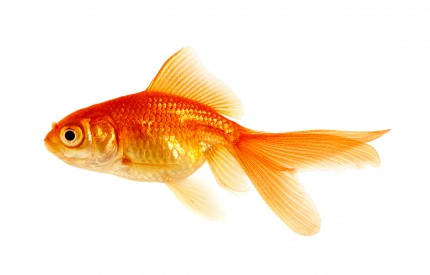
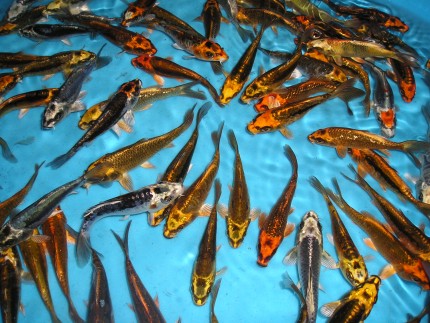
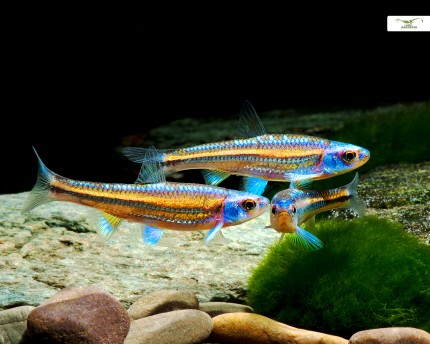
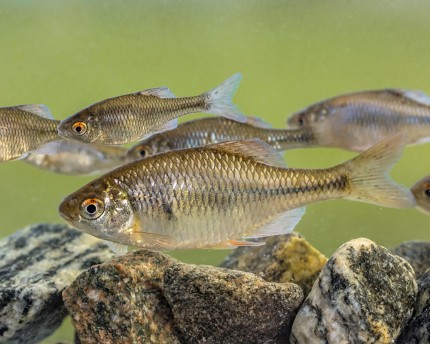
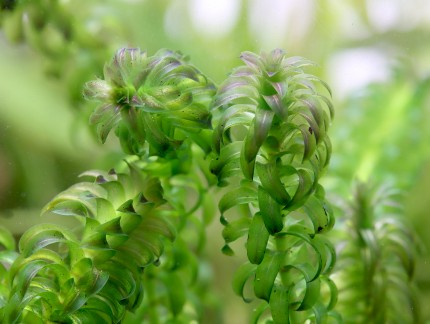
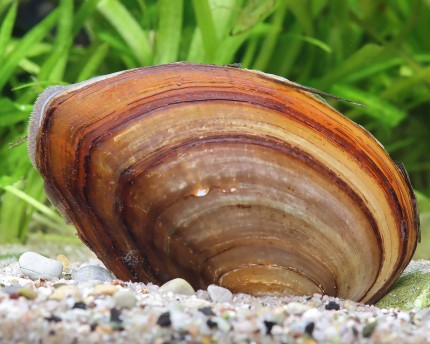
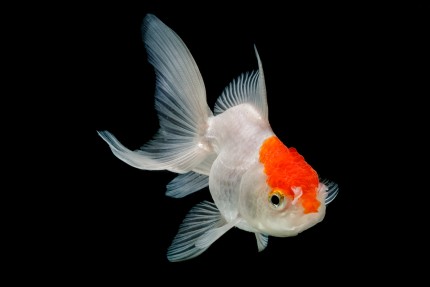
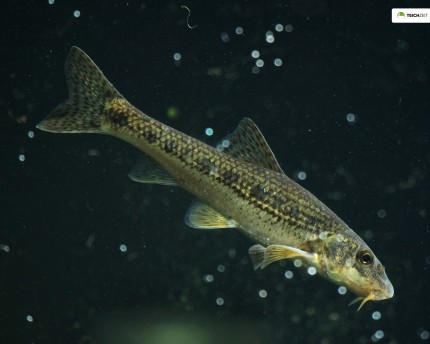
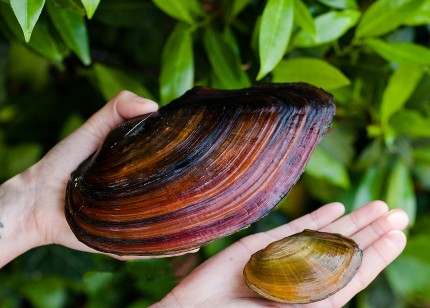
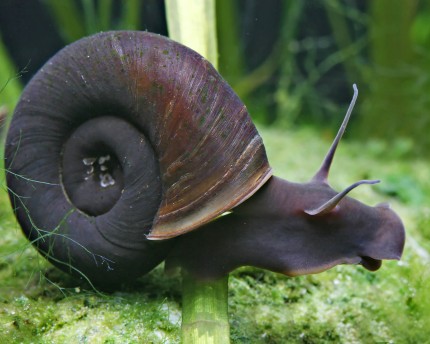
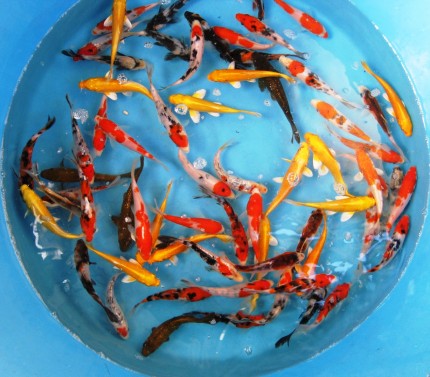
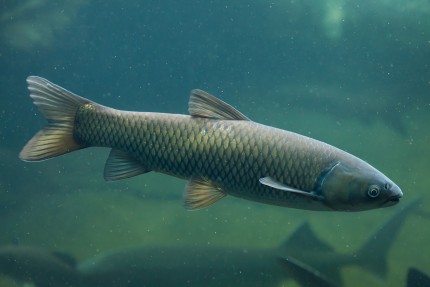
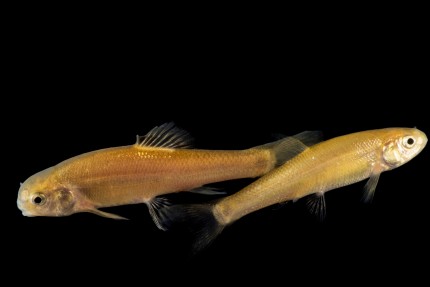
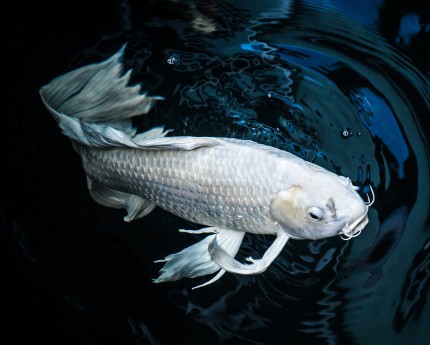
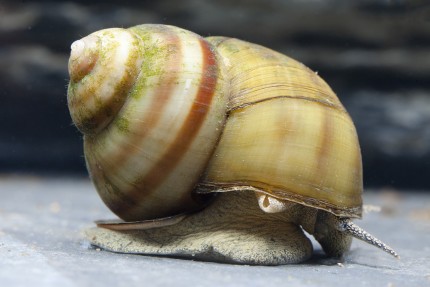
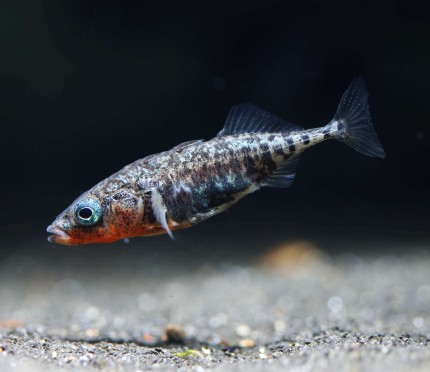
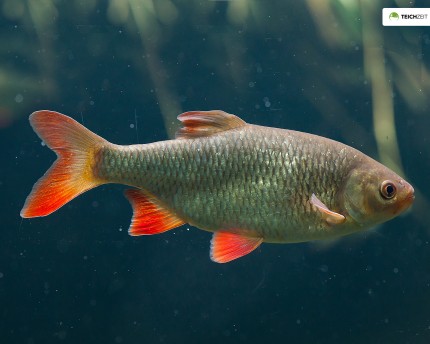
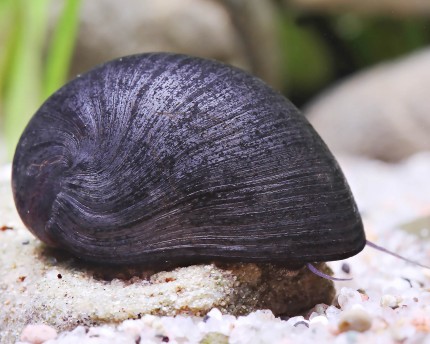
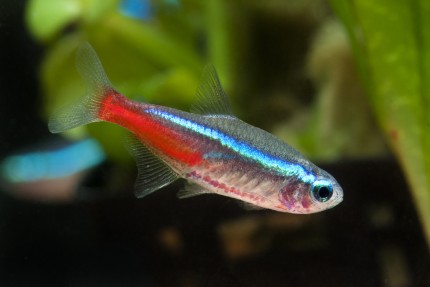
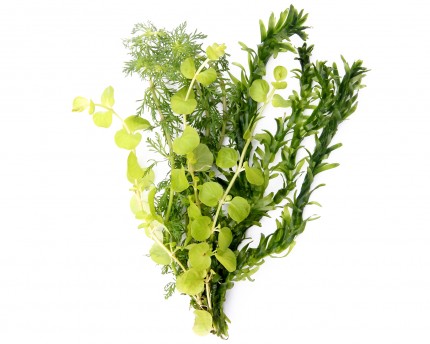
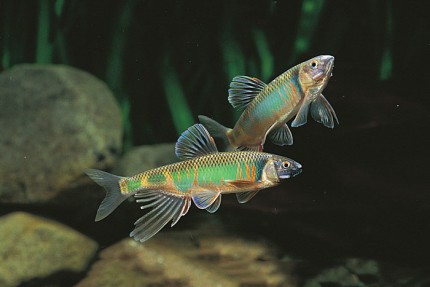
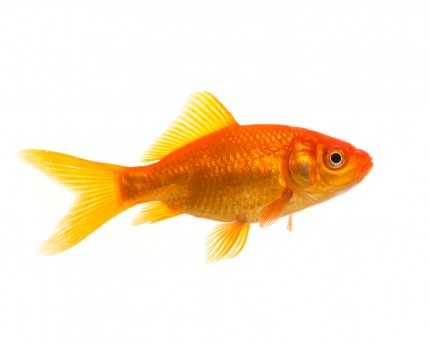
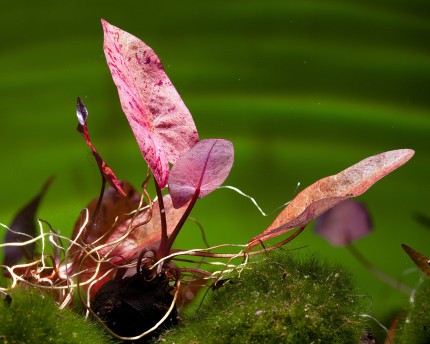
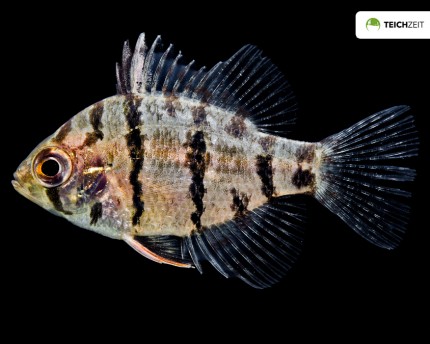
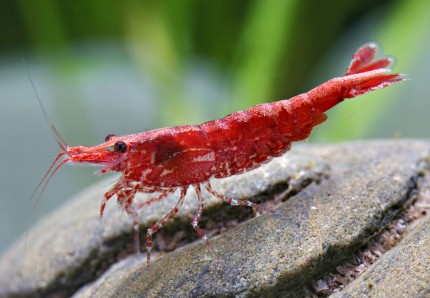
The fields marked with * are required.
I have taken note of the privacy policy.